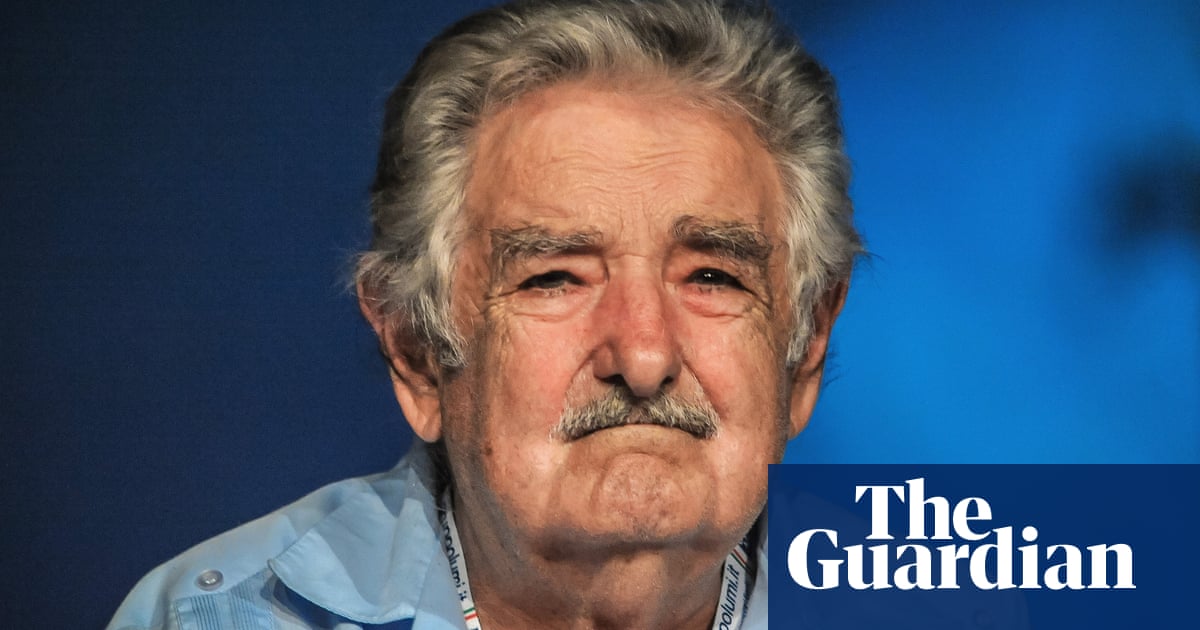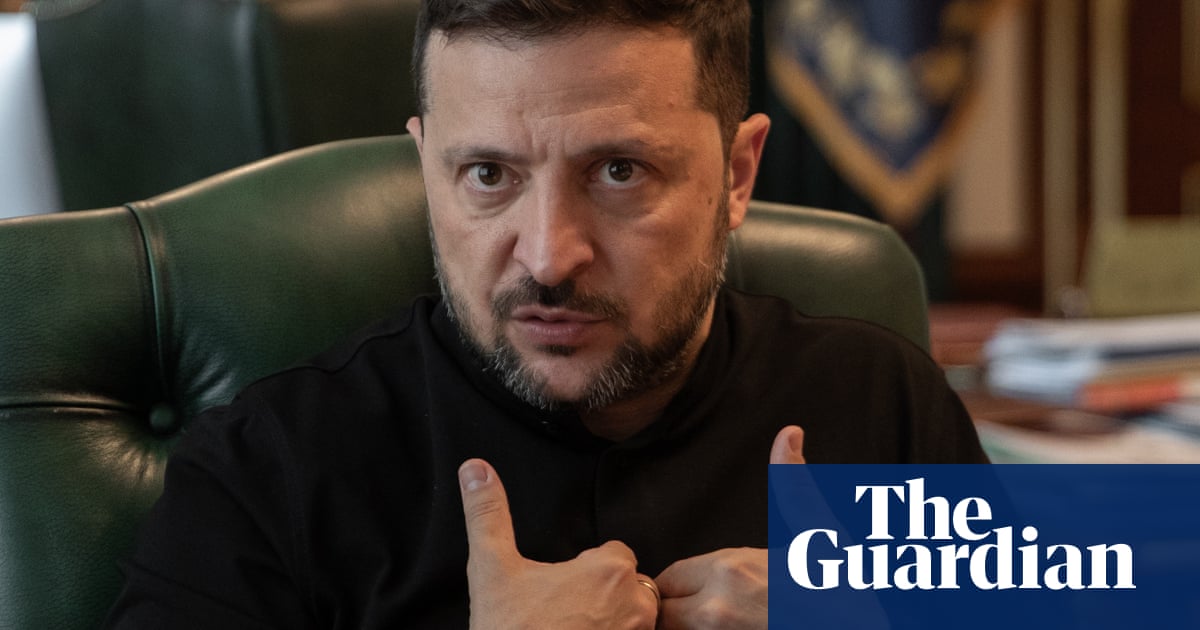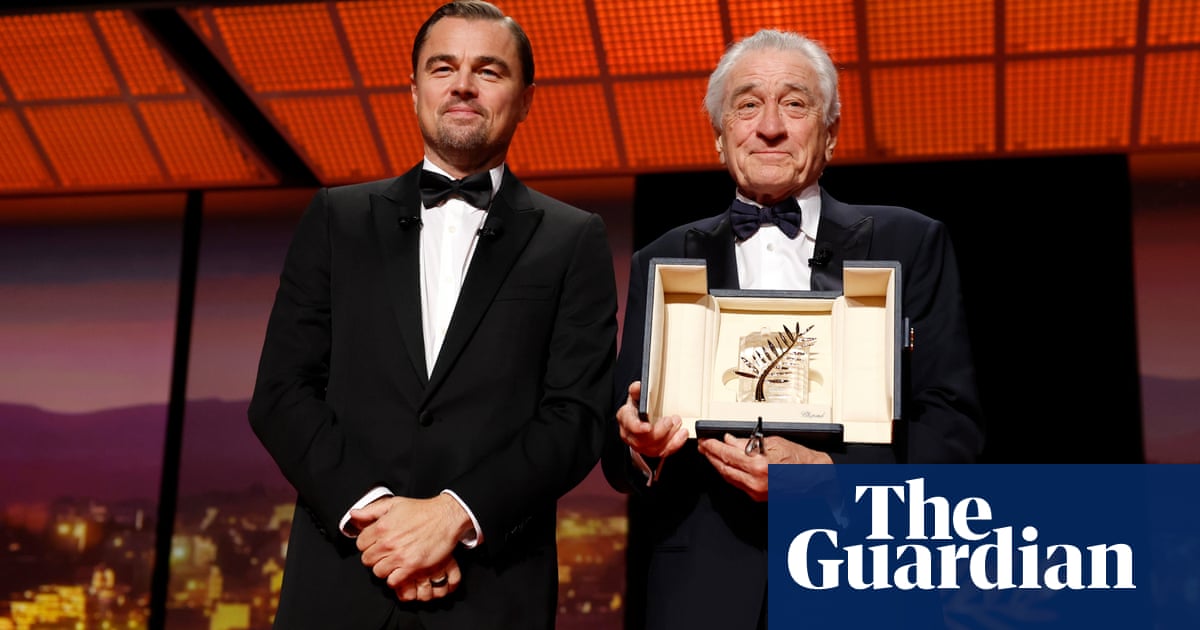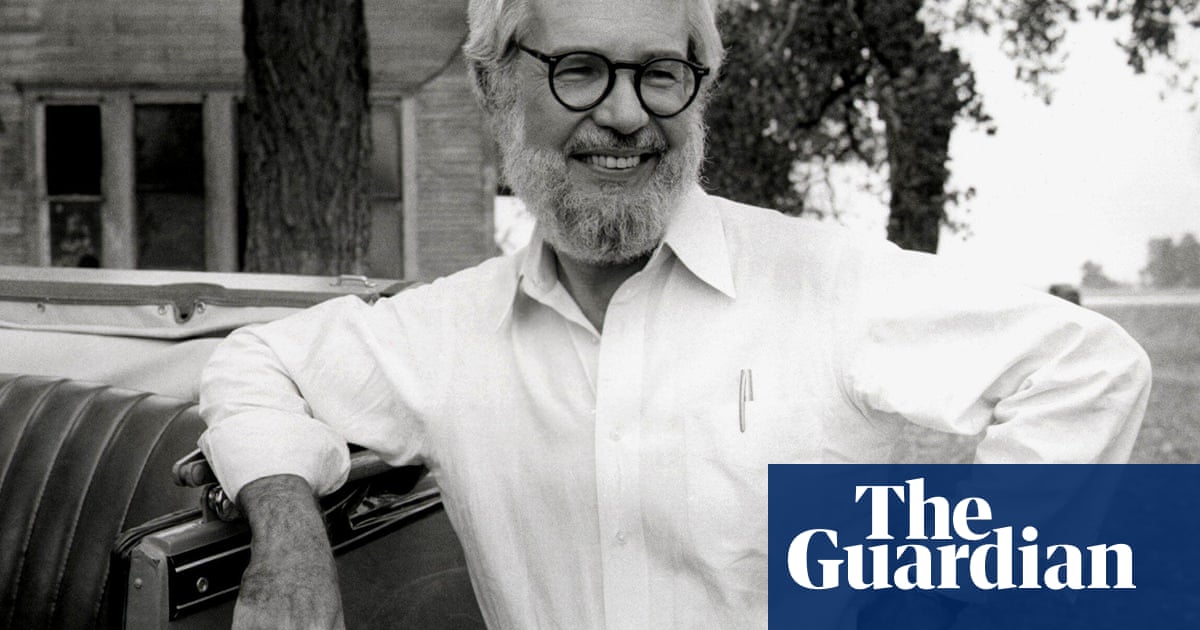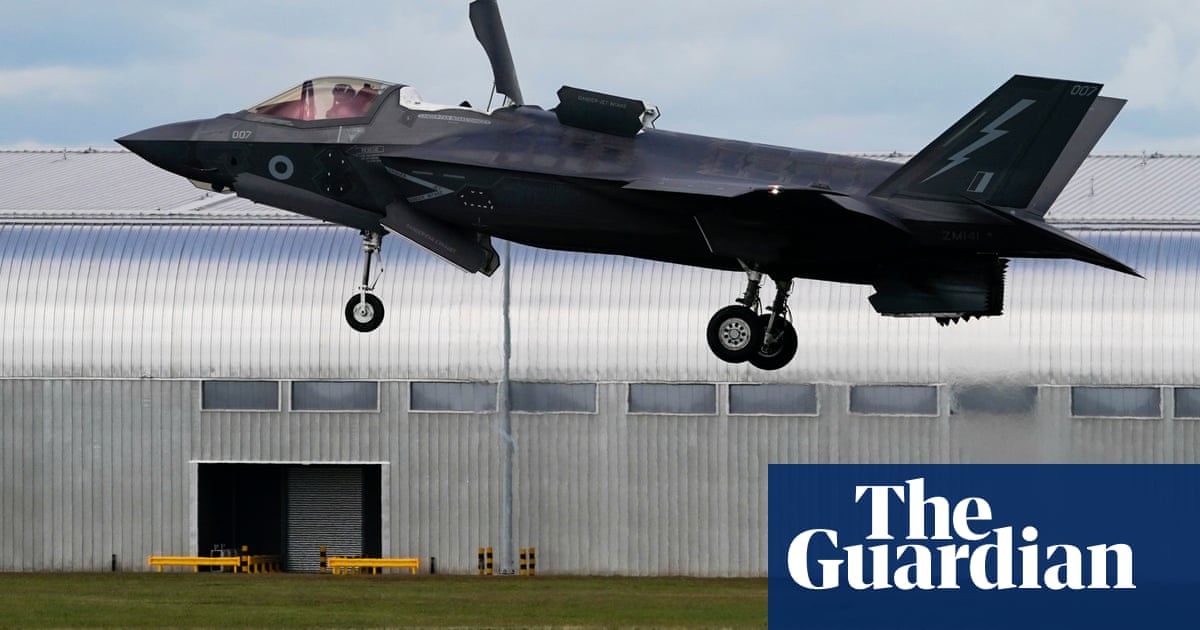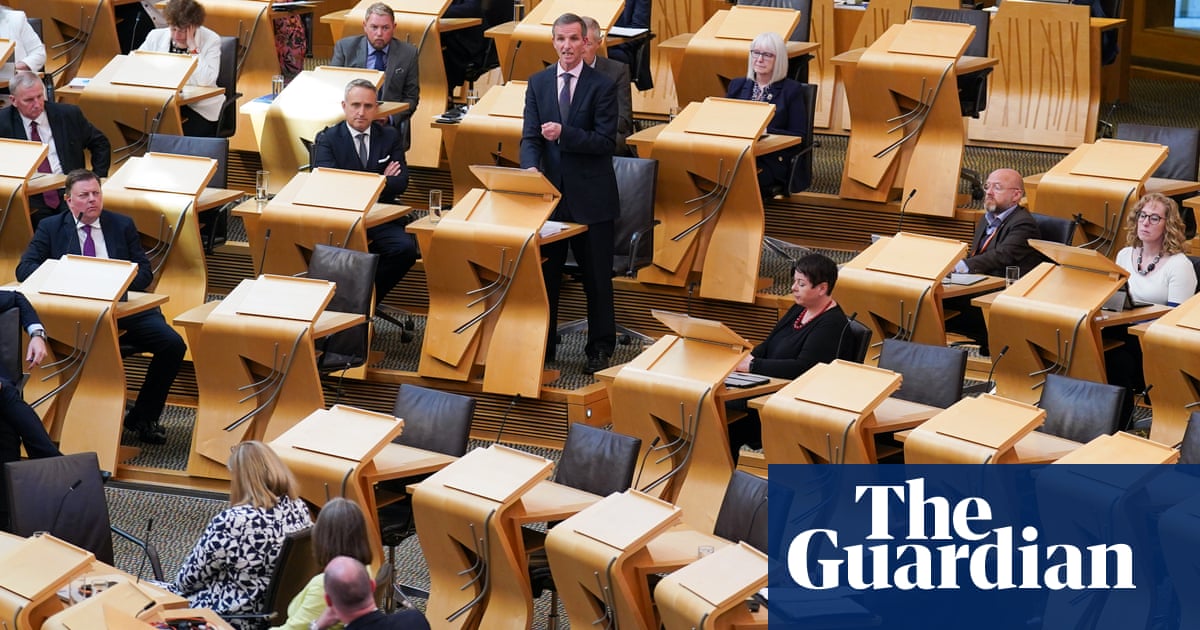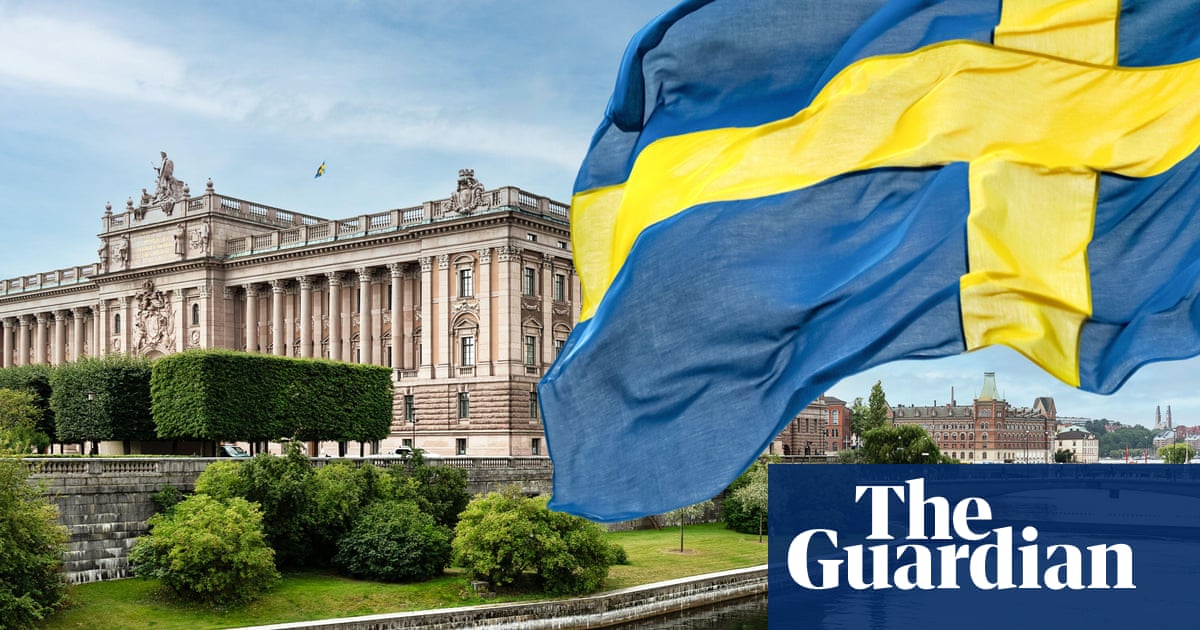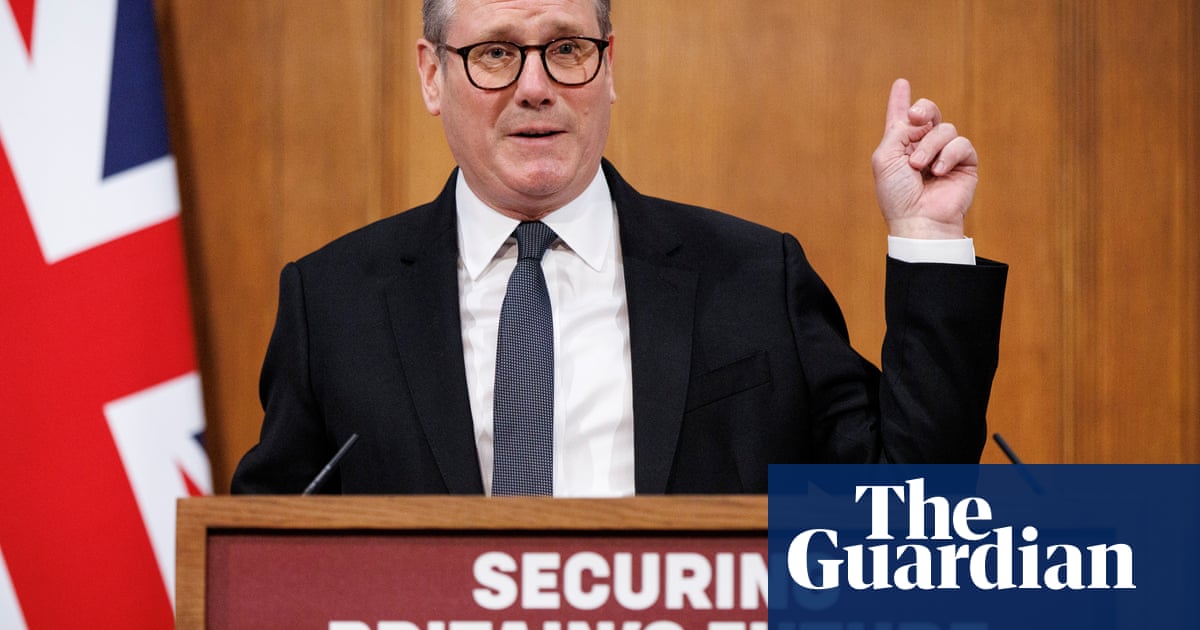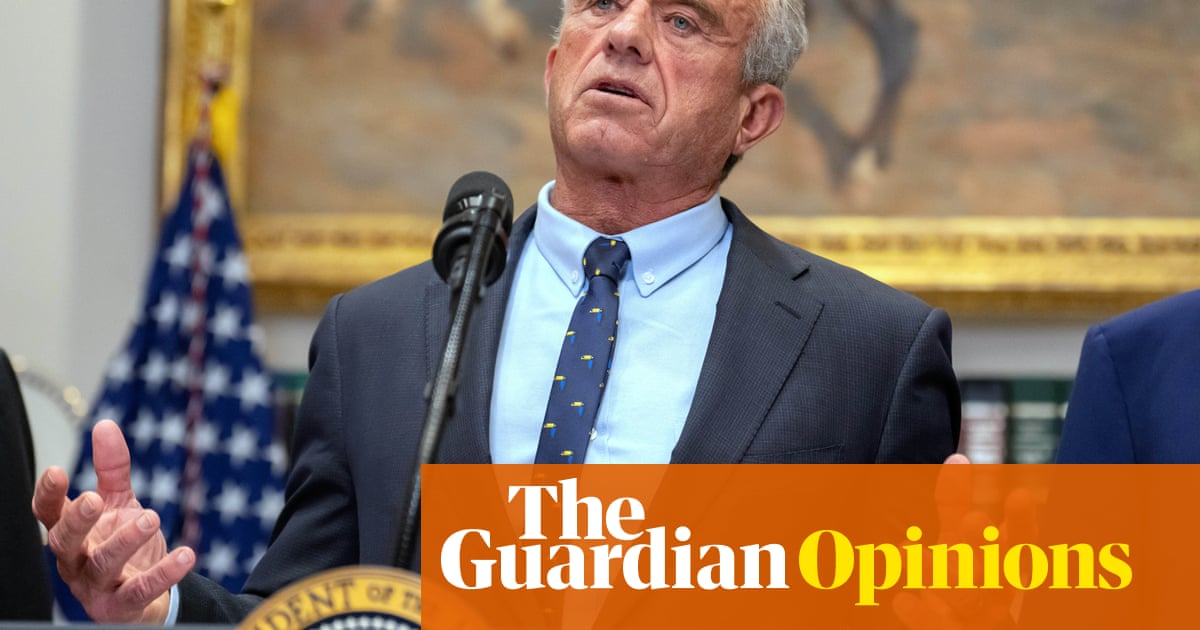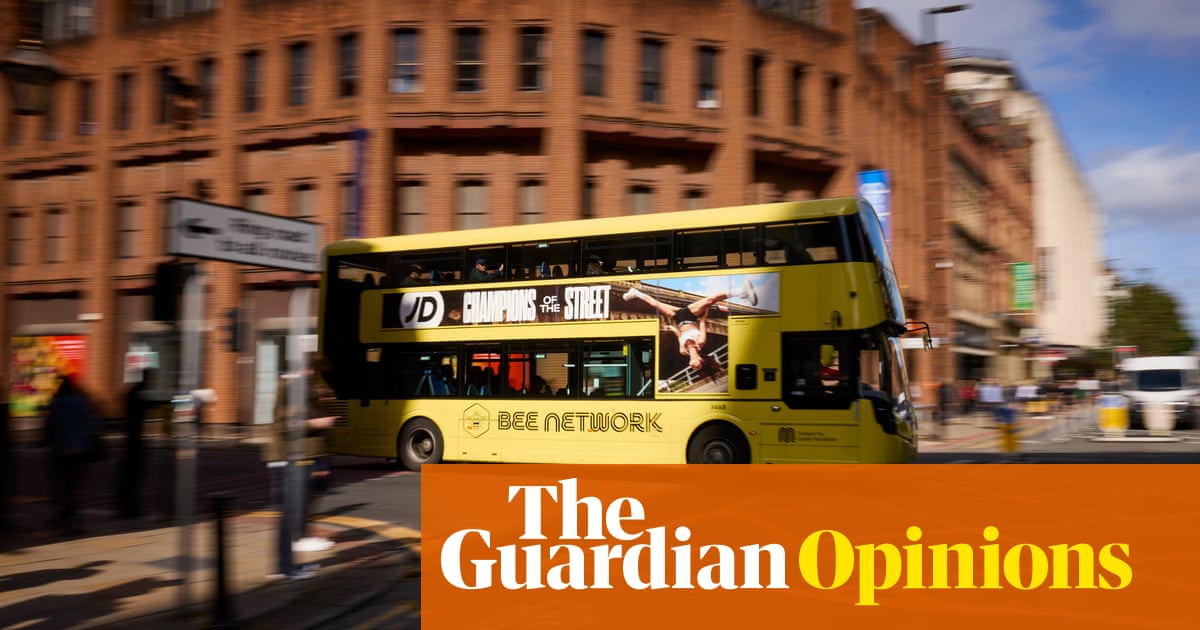George Monbiot refers to FAI Farms’ work on regenerative beef farming, selectively critiquing one metric from our comprehensive report on adaptive multi-paddock grazing, while ignoring 54 others (New reports tell us cattle and sheep farming can be sustainable – don’t believe them, it’s all bull, 7 May).
He focuses solely on the methodology behind our net zero carbon-balance estimation. This was calculated to be beyond net zero (-49.7t of CO2 equivalent) for our farm, based on modelling using the Sandy “natural capital navigator”, a Defra-recognised, scientifically robust platform. Mr Monbiot dismisses it as “a right old mess”, but his comment wrongly assumes that laboratory soil tests collected and described in the report were used to draw this conclusion. Instead, they provided a baseline and additional helpful analysis of soil health.
Focusing on the carbon impact alone is also missing the point about what it takes to achieve sustainable beef production. Beyond carbon, our report’s findings demonstrate broad benefits, including improved biodiversity, reduced reliance on inputs, enhanced water infiltration and healthier soils. Together, these outcomes outline a more resilient food system.
Øistein Thorsen
CEO, FAI Farms
In attempting to blame sheep and cattle grazing for wildfires, George Monbiot resorts to prehistory to turn reality on its head. The major increase in such fires is a 21st-century phenomenon, which is the result of a major decline in traditional grazing and vegetation management by upland communities. A large proportion of the 40% decline in UK cattle numbers and 30% in sheep flocks during recent decades has been in upland landscapes, which also comprise most of our national parks.
It is only logical that if the vegetative carbon biomass that was previously converted via lamb and beef into (non-combustible) human biomass is now left to die and dry out, it will create a major fire hazard in hot, dry weather. Such summer wildfires represent a 21st-century failure in land management.
Aidan Harrison
Morpeth, Northumberland
George Monbiot is offering the choice between two dystopias. One is fully industrial farming, controlled by ever fewer players. This is where we have been heading in the quest for cheap and plentiful food for all since the privations of the second world war. As a proportion of income, we spend relatively little on food, and cheap food comes at the cost of our health and that of our planet.
His second dystopia is based on lab-grown food and rewilding. The issues are complex, but agriculture is a part of a malfunctioning political and economic system; while there is blame to be laid at the door of the current system, the answer lies in reconnecting people to a better understanding of the natural world in which we are less exploitative. Can you really imagine abolishing all farmers and eating “food” supplied by mega-corporations?
There is a third way. It requires adjustments to our methods and is inclusive, and would result in greater health for people and planet. We run an organic flour mill. Currently, wheat and barley grown for animal feed in the UK uses 40% of its arable land and half of the annual wheat harvest. Freeing up land from animal feed production would allow us to farm a higher acreage organically and regeneratively, sequestering carbon very effectively as we do so.
Nelly Trevelyan
Yorkshire Organic Millers

 5 hours ago
6
5 hours ago
6
